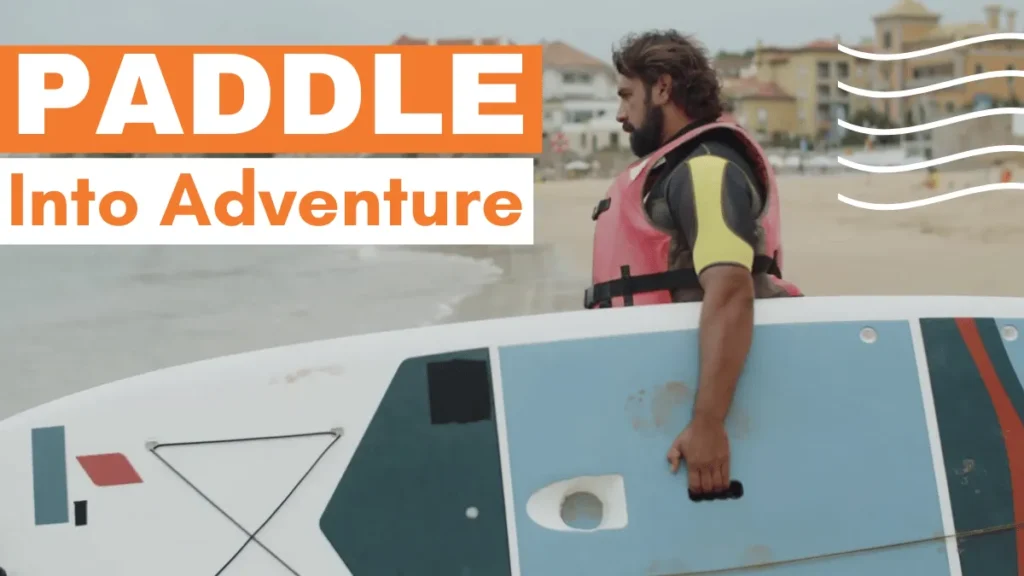
Water sports like kayaking and stand-up paddleboarding (SUP) are perfect for anyone seeking adventure, fitness, and a fresh perspective on nature. Whether you’re navigating tranquil lakes or coastal bays, this beginner’s guide will equip you with everything you need—from choosing the right gear to mastering basic techniques and safety tips.
Why Choose Kayaking or SUP?
- Full-Body Workout: Both engage core, arms, back, and legs for a balanced exercise.
- Low Impact: Gentle on joints compared to running or high-impact gym routines.
- Stress Relief: Immersion in water and scenery promotes mindfulness and relaxation.
- Accessible: Minimal learning curve; many rental shops offer beginner lessons.
Essential Gear Checklist
| Activity | Board/Boat Type | Must-Have Gear |
|---|---|---|
| Kayaking | Recreational sit-on-top or touring kayak | Paddle, PFD (life jacket), spray skirt (if needed), dry bag |
| SUP | Inflatable or hard SUP board | Paddle, PFD or leash, board pump (inflatable), tri-fin setup |
- Clothing: Quick-dry shorts, rash guard or wetsuit, water shoes.
- Sun Protection: Reef-safe sunscreen, hat with chin strap, polarized sunglasses.
- Safety: Whistle, waterproof phone case, basic first-aid kit.
Also Check: Eco-Adventures: How to Travel Sustainably in the Great Outdoors
Getting Started: Launching Safely
- Check Conditions: Weather, wind speed (<10 mph ideal), water currents, tides.
- Inspect Gear: Ensure no leaks in SUP board or kayak hull; paddle grips secure.
- Enter Calm Water: Launch from a dock or gently sloping shore—avoid rocky edges.
- Balance & Posture:
- Kayak: Sit upright, knees slightly bent, feet braced.
- SUP: Stand with feet parallel, shoulder-width apart, knees soft.
Basic Paddling Techniques
Kayaking
- Forward Stroke:
- Rotate torso, not just arms.
- Plant paddle blade near toes, push water back.
- Exit blade at hip, repeat on opposite side.
- Sweep Stroke (Turning):
- Wide arc from bow to stern.
- Sweep paddle blade outward away from boat.
SUP
- Forward Stroke:
- Reach forward, paddle vertical.
- Pull through to your hip.
- Alternate sides every 5-10 strokes to maintain straight line.
- Turning (Draw Stroke):
- Plant paddle blade near board.
- Sweep handle toward you in a straight line.
Safety Tips & Best Practices
- Always Wear a PFD: Even on calm water.
- Leash Up (SUP): Prevents separation if you fall.
- Buddy System: Go with a friend or group, especially in open water.
- Know Your Limits: Stay close to shore until you’re confident.
- Learn Self-Rescue: Practice re-entering your kayak or climbing back on your board.
Top Beginner-Friendly Destinations
- Lakes & Reservoirs: Flat, sheltered water—ideal for learning.
- Protected Bays & Inlets: Gentle currents and scenic coastlines.
- Calm Rivers: Slow flow gives gentle paddling and wildlife spotting.
Eco-Friendly Paddling
- Leave No Trace: Pack out all trash.
- Avoid Wildlife Disturbance: Keep distance from nesting birds and marine life.
- Use Biodegradable Gear: Eco-boards and reef-safe sunscreen reduce impact.
Next Steps to Progress
- Take a Class: Certified instructors can refine technique and teach safety drills.
- Join a Club: Local kayaking or SUP groups organize social paddles and training.
- Challenge Yourself: Try longer routes, small rapids (for kayaking), or SUP yoga.
Conclusion
Kayaking and stand-up paddleboarding open doors to new landscapes, fitness gains, and a sense of freedom on the water. By selecting suitable gear, practicing safe launching and paddling techniques, and respecting the environment, even absolute beginners can quickly progress.
